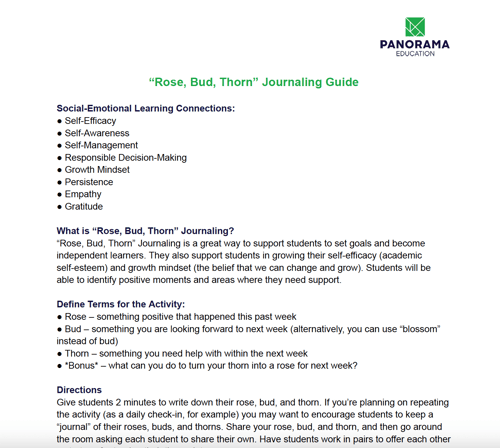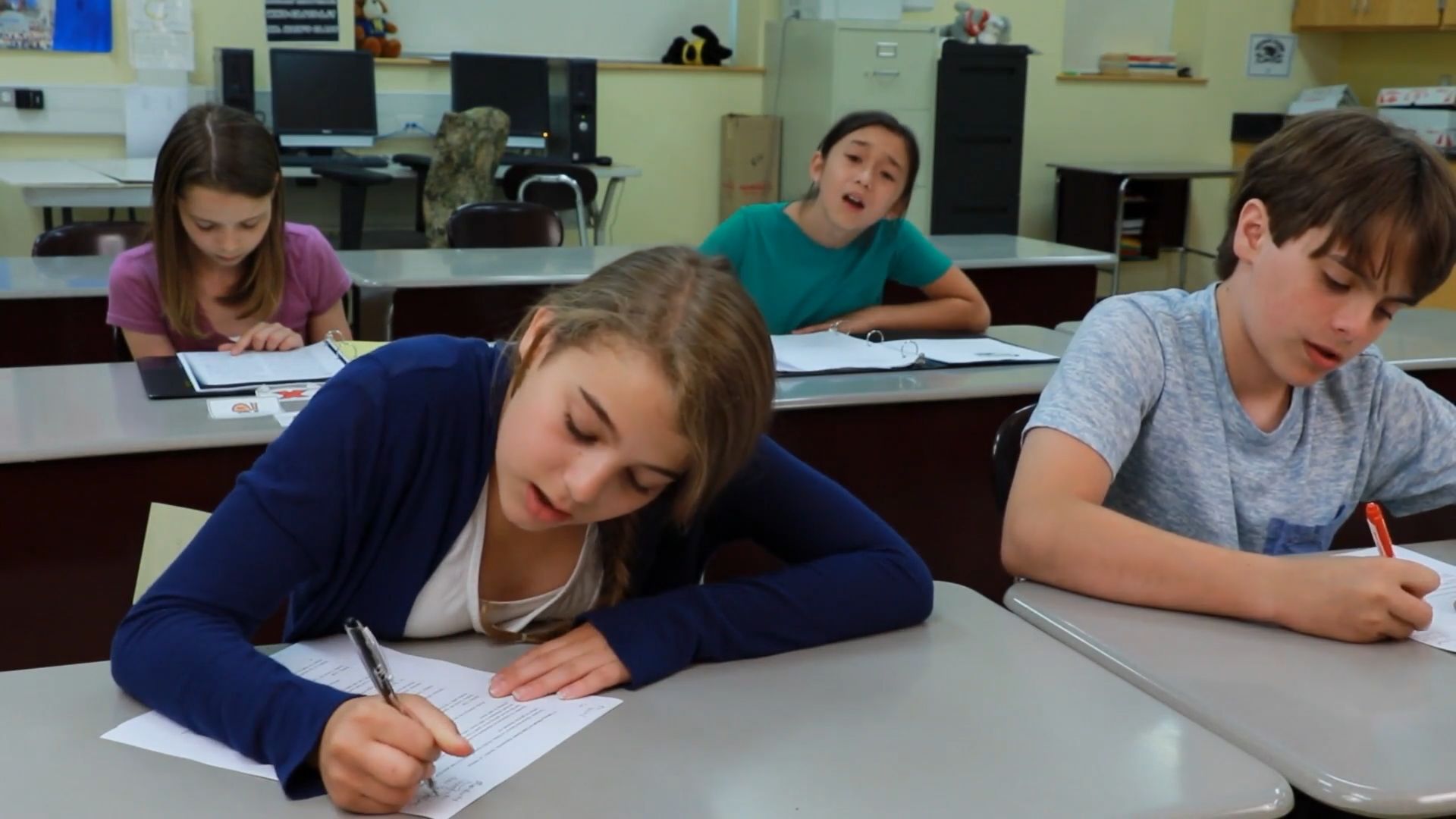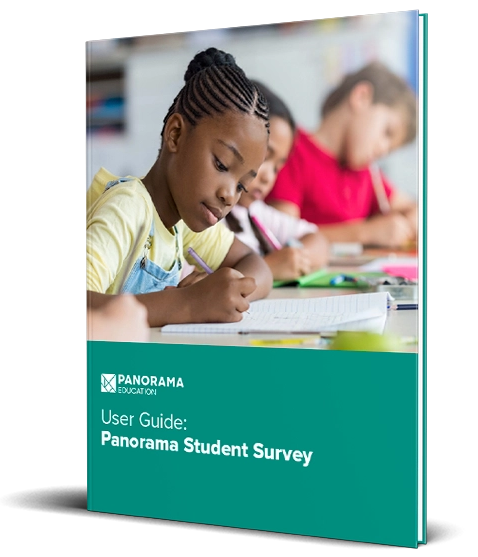"Rose, Bud, Thorn" is a reflective exercise that prompts students to identify positive moments and pinpoint areas where they need support.
Typically used in schools or classrooms as a recurring daily or weekly ritual, "Rose, Bud, Thorn" can help educators promote life skills—from empathy, to social awareness, to mindfulness, to gratitude. Adults can also engage in and model the "Rose, Bud, Thorn" activity for students.
.png?width=660&height=372&name=%23161242%20(2).png)
During the 2023-24 academic year especially, educators are searching for effective ways to check-in on students' well-being, get to know students, and support students during the transition back to school. "Rose, Bud, Thorn" can be a a low-lift way for teachers to support and guide learners through transitions associated with returning to school.
Below, we've curated best practices and resources from Panorama's Teaching and Learning team on how to implement "Rose, Bud, Thorn" in your school or classroom with step-by-step instructions and downloadable resources.
How to Implement "Rose, Bud, Thorn"
"Rose, Bud, Thorn" is a mindful design-thinking activity that prompts participants to describe their emotions and reflect on the positives and challenges of their day, week, or month.
Participants are asked to share a “rose” (e.g., a positive in their lives), a “bud” (e.g., something they are looking forward to in the near future), and a “thorn” (e.g., something they feel stuck with or need support with). After sharing these three examples, educators can encourage students to (with help from their peers or caring adults) consider ways to turn their "thorns" into "buds."
This exercise encourages students to celebrate the aspects of their life that are going well and to ask for support in areas they may be struggling with.
To facilitate "Rose, Bud, Thorn" in your school community, follow these steps:
- Choose a schedule or frequency for repeating the activity (e.g., daily or weekly as a check-in, exit ticket)
- Prompt students to reflect on a “rose,” “bud,” and “thorn” for either the day, the last week, or the month.
- Explain what these three terms are referring to and model the protocol by sharing your own personal examples.
- Give students about two minutes for ideation. Have them brainstorm and write down their answers on sticky notes on a paper or virtual journal.
- Ask students to debrief by sharing what they wrote down. This can be done as a ‘turn and talk” in small groups, or as share-out to the whole group in a whip-around style.
- Have students work in pairs to offer strategies for turning their "thorns" into "roses." If time permits, encourage students to share the solutions they worked on together (either verbally or using a whiteboard).
If you use Panorama: You can select the "Rose, Bud, Thorn" strategy when creating an intervention plan for a student (or group of students) in Panorama Student Success. Monitor progress over time by logging notes. Everything will be saved to the student's profile and visible to other educators with access to Panorama.
Tips for Effective Implementation and Facilitation
- Ask students probing questions that promote a growth mindset and empathy. As a facilitator, your goal is to help students celebrate small wins, identify new ideas or experiences they are eager to explore, and turn challenges into asks for help. For example, what strategies or resources did they (or could they) use to turn their "thorn" into a "rose?" If a strategy was not helpful, what’s something they can try next time? What might they share with a friend to turn their "thorn" into a "rose?"
- Consider encouraging students to keep a “Rose, Bud, Thorn" Journal as a complement to this classroom protocol. The act of consistently recording (and reflecting back on) "roses, buds, and thorns" can help students set goals, develop independent thinking skills, and identify moments where they overcame obstacles with the support of peers or adults.
- Celebrate when students have turned their "thorns" into "roses" at school-wide events or community gatherings. This can also emphasize the importance of teamwork and adopting a growth mindset when it comes to personal or academic challenges.

Access Panorama's "Rose, Bud, Thorn" Journaling Guide as a PDF (includes instructions, a sample school-wide implementation plan, and a customizable student template).
Who Can Benefit From "Rose, Bud, Thorn"?
The "Rose, Bud, Thorn" activity can be effective for students across all grade levels (K-12), as well as for adults in school buildings.
At the Tier 1 level, many teachers integrate "Rose, Bud, Thorn" into core academic instruction, asking students to share a "rose, bud, and thorn" as a bell ringer or exit ticket to foster metacognition about their own learning process. This activity is also a great conversation starter in one-on-one interactions with students or within restorative practices such as community circles.
At the Tier 2 level, educators can implement "Rose, Bud, Thorn" with students who are finding it difficult to set goals, having a hard time with self-efficacy (academic self-esteem), or struggling to ask for help. School counselors, paraprofessionals, and teachers can repeat the intervention as a daily or weekly check-in and encourage students to keep a journal of their "roses, buds, and thorns" to promote reflection and a growth mindset.
For adults, educators and staff can model this activity with team members and/or in front of students. Many of Panorama's partner districts implement "Rose, Bud, Thorn" at staff meetings to help adults understand, develop, and model critical life skills. Having teachers, staff and administrators reflect on their own "roses, buds, and thorns" can help adults contextualize the activity and discuss where and how to implement "Rose, Bud, Thorn" with students.







